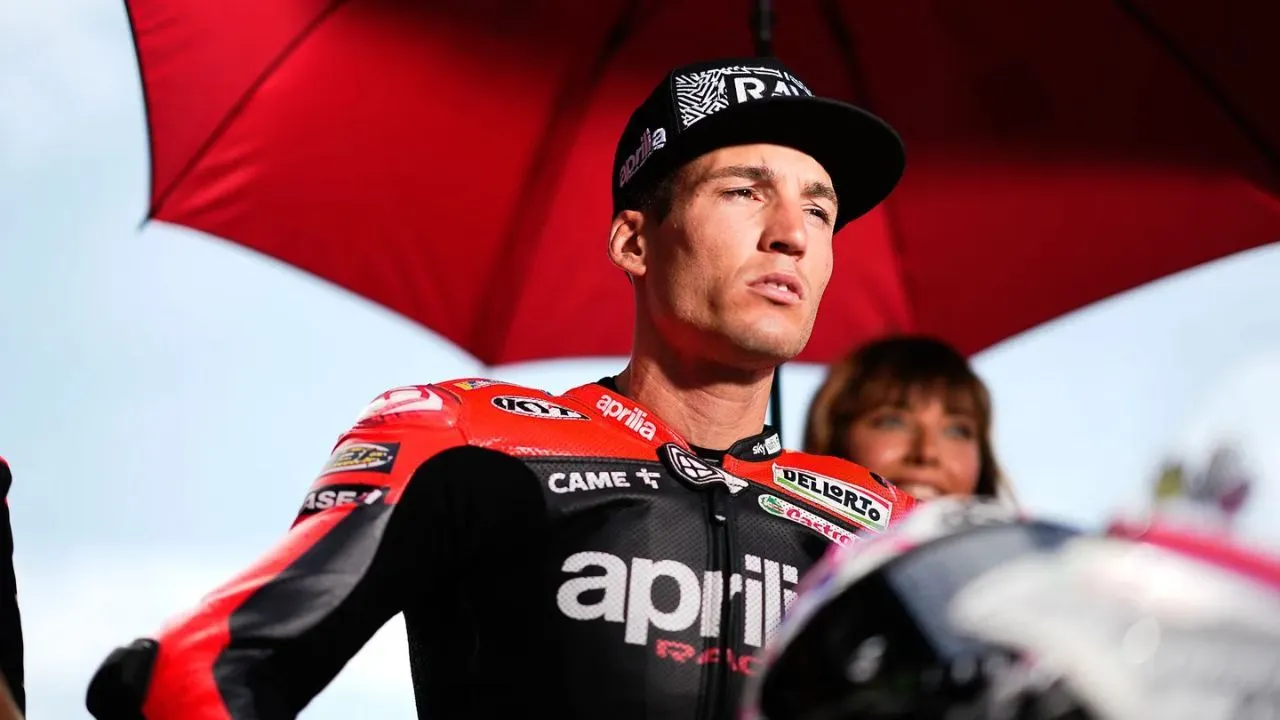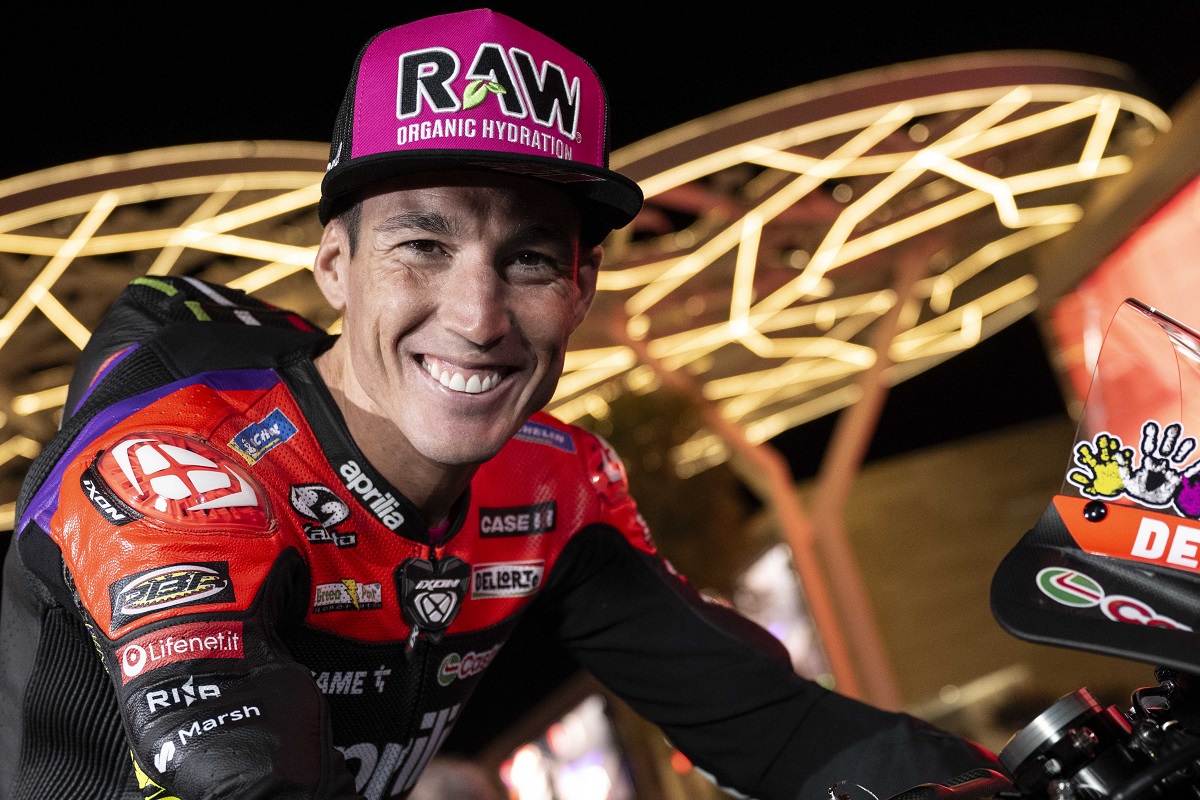In the Italian GP earlier this month, Aprilia rider Aleix Espargaro struggled to an 11th-place finish, describing the race as tough for everyone on RS-GPs. His teammate Maverick Vinales fared better, finishing eighth.
Espargaro admitted his bike’s setup wasn’t optimal. He also raised concerns about the aerodynamics in MotoGP, saying it’s becoming too much for riders to handle physically.
“It was a disaster,” Espargaro commented on his physical state after the race. “One more lap and I would have had to retire. Unbelievable. The bike was super aggressive, very nervous. I couldn’t accelerate or brake properly. In the last eight to ten laps, I was barely able to brake using just one finger.”
He pointed out that although their bike setup wasn’t the best at Mugello, many riders faced similar challenges. This indicates that the overall downforce in MotoGP is exceeding what riders can manage comfortably.
At Mugello, several riders, including those from Yamaha, also reported issues like arm pump, which affects their ability to control the bike effectively.

Aerodynamic advancements have been a significant focus in MotoGP since Ducati introduced winglets in 2015. Although rules were adjusted in 2017 to limit these developments, manufacturers have continued to innovate within the regulations.
Looking ahead to the 2027 season, MotoGP plans to scale back aerodynamic developments to enhance the racing experience by reducing their negative impact.
Comparing race data from 2015 to 2024 shows how much aerodynamics have influenced MotoGP. In 2015, the fastest lap at Mugello was 1 minute 46.489 seconds, with the race completed in 41 minutes 39.173 seconds. By 2024, the fastest lap improved to 1 minute 44.504 seconds, and the race time shortened to 40 minutes 51.385 seconds.
While engine improvements, new technologies like ride height devices, and tire advancements also contributed to these changes, aerodynamics have clearly played a crucial role in shaping the current state of MotoGP racing.

